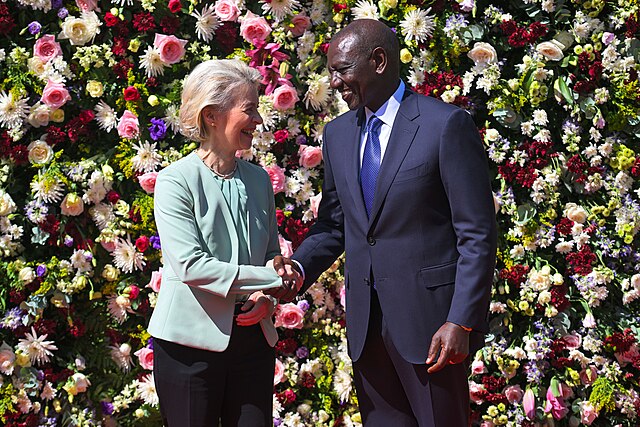As a high school senior, I was already thinking about where I wanted to live at the University of Massachusetts before I had even committed to the school. A simple YouTube search will bring you to Sketch 22’s video “Where to Live at UMass”, a staple among incoming freshmen each year. Although the video is almost eight years old, dating to even before the current Commonwealth Honors College dorms, the ideas presented in the parody still hold true. Bringing the audience around campus to each residential area, Sketch 22 presents the common stereotypes associated with every area, telling us that “everywhere we choose to live at UMass will be a reflection of ourselves.” According to the stereotypes, Orchard Hill is said to be quiet and removed from campus, Central is full of hippies and free spirits, Northeast has a large Asian community and is particularly good at STEM, Sylvan is where dreams go to die and Southwest is UMass’s very own “urban kingdom,” where you should live if you want to have fun.
When I arrived on campus for the first time this year, I immediately felt myself rationalizing these stereotypes. At UMass, “where do you live?” is usually one of the first questions you ask someone upon meeting them, right after name and major. In the first week on campus, I, like many others, found myself placing everyone I met inside boxes based on where they lived. You live in Northeast? So are you a math or computer science major? CHC? You must be really smart. Southwest? Wow, you must be having so much fun all the time. When I would tell people that I live in Central, I could see the gears turning, the instant assumptions becoming easily readable on their faces. It often feels like the cult classic Mean Girls, where the characters Damien and Janis create a map of the cafeteria, outlining the school’s cliques based on where they sit while eating lunch. “There’s the cool Asians, sexually active band geeks, the greatest people you will ever meet and the worst.” Each residential area might as well be a clique’s lunch table in a part of the giant cafeteria we call our campus.
One of the biggest stereotypes among students is that Southwest is the only part of campus that has fun. When I chose to live in Central, one of my only fears was that I would be missing out from all the excitement of Southwest. I quickly realized when I arrived on campus that there was plenty going on in Central, but I still got the feeling that others did not share the same sentiments. In one conversation, I told a girl that I lived in Central. “Wow that sucks, I’m so sorry,” she replied. There’s this idea that if you don’t live in Southwest, you’re missing out on all the fun and if you do live in Southwest you are constantly partying. As a result, those of us who live in the other parts of campus feel like outsiders, and those who live in Southwest but are not always on the move feel like they are not living up to the reputation.
These stereotypes extend farther than the attitudes of students, however. Residential Academic Programs, better known as RAPs, pair a course and a residential floor, allowing students to live with others who share the same academic interests. When examining the location of each specific RAP, it becomes clear that the university itself also feeds into this toxic, cliquey mentality. This year, the Isenberg Fellows RAP resides in Southwest, constituting the idea that this area is full of the business students who, according to stereotype, are cooler, brasher and tend to be more reckless. Meanwhile, the Performing and Visual Arts RAP is located in Central and the Engineering Exploratory RAP is in Northeast, meaning that the students who enroll in these classes will live up to the image of their new homes. Although the location of classes also plays a factor in the location of each RAP, it is apparent that the University profiles us just as much as we profile each other.
Here’s the problem with this profiling: it paves the way for a less welcoming, less inclusive, divided campus reminiscent of our high school cafeterias. Why as a community are we all so quick to judge each other based on what dorm we live in? The truth is that not everyone fits these cookie-cutter molds that the UMass community has developed over the years. I know friends in Southwest who would rather stay in on Friday nights and watch a good movie. There are people in Central who love watching football and the Kardashians, far from the crunchy-granola image of the hill. I’ve met extroverts in Orchard Hill who are always going out, dance majors in Northeast who hate math, and even people who chose to live in Sylvan instead of getting stuck there and love it. This isn’t Hogwarts; we can’t categorically group people inside their houses. Wherever you choose to live at UMass will not be a reflection of yourself.
Emma Garber is a Collegian columnist and can be reached at [email protected].



















